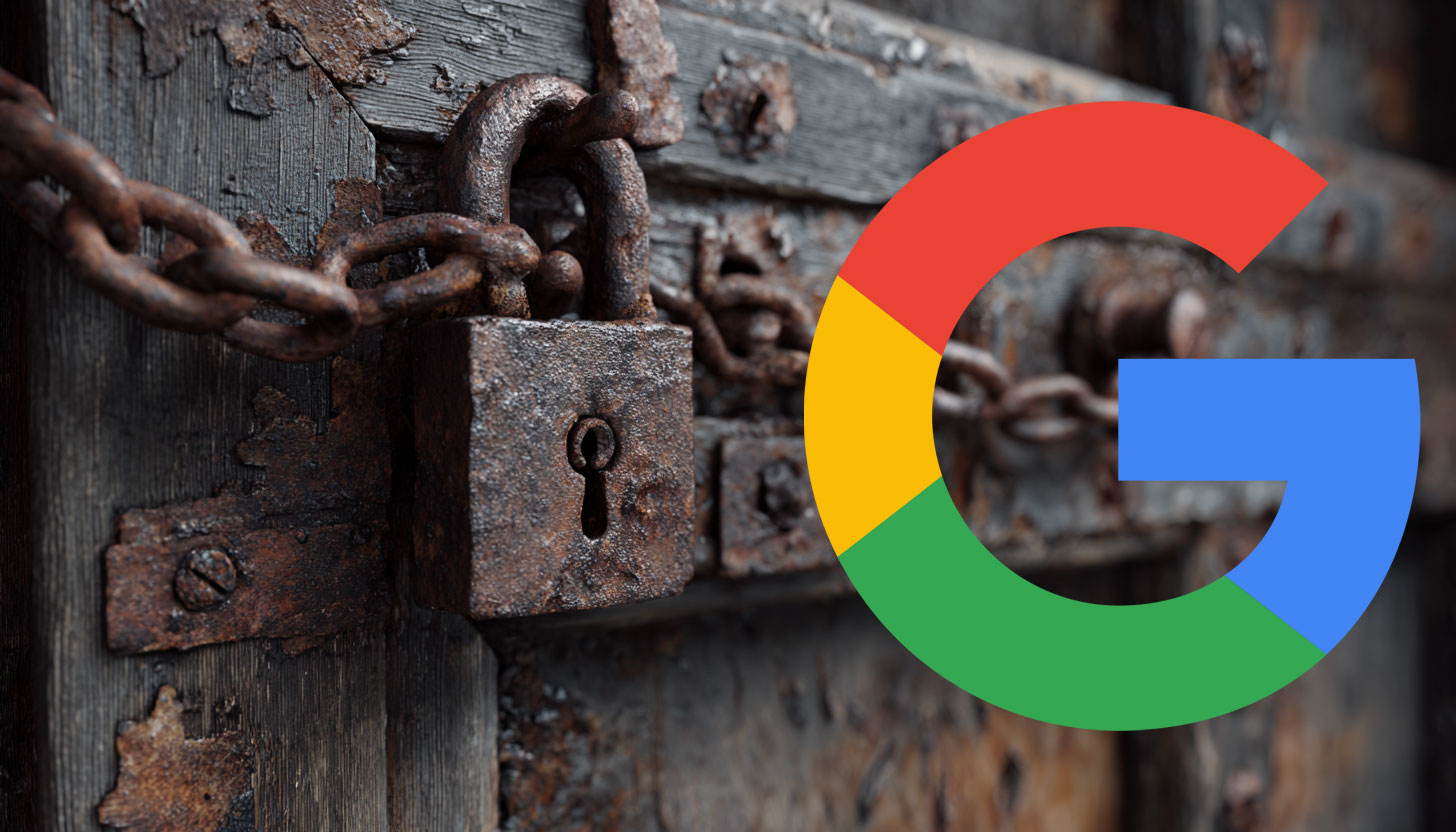
"Option #1: No new controls on Search. No change to how existing controls work. This is no added new controls and "Publishers can opt-out of or limit display of their content. If not satisfied, they can choose to opt out of indexing." Option #2: No new controls BUT reposition publicly that no snippet impacts more than display. This is also no added new controls and "Publishers can use no snippet to impose a limit on how much content is used for grounding and display. Today, positioned as display only," it says."
"Option #3: Introduce granularity at content level for publishers to opt out of indexing. This creates a new control, "Publishers can choose to have sections of their content excluded from indexing, training, and display. (div level no index). Option #4: Introduce granularity at display level for publishers to opt out. NEW! Variation Option #4A. This also creates a new cont"
Google evaluated six options for publisher control over AI use of website content. Options ranged from making no changes to adding granular opt-outs for indexing, training, and display, and included a repositioning that no-snippet tags affect display only. One option proposed div-level noindex to exclude sections of content from indexing, training, and display. Another proposed display-level opt-outs with variations. The public repositioning option would frame no-snippet as limiting display and grounding only. Google later published help on blocking content from AI features while maintaining a firm stance against broader publisher choice.
Read at Search Engine Roundtable
Unable to calculate read time
Collection
[
|
...
]